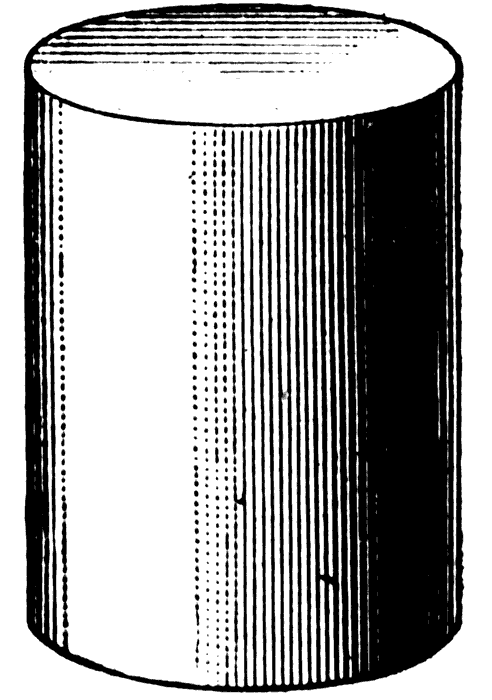|
|
LITR 5431
Literary & Historical Utopias
|
|
Jesus E. Garcia
March 30, 2019
Dystopian Success and Utopian
Failure in the Box Office
There are qualities present in much of utopian/dystopian
literature and film that not only work to classify the work as such, but also
give it an exceptional chance for success. But what exactly is it about
utopian/dystopian stories that make them so appealing to modern audiences? It
seems that there is something especially interesting about the possibility for a
utopian society and the potential that it has for failure. Only recently, Jordan
Peele gained much critical appeal from his post-apocalyptic debut titled simply,
Us. But what is it about
utopian/dystopian societies that make for such great film?
Radu Toderici suggests in the article, “Utopia, Dystopia,
Film. An Introduction,” that “in some cases, the definition of the genre seems
to be implicit—a film is utopian because it promotes escapism or artificially
reconciles divergent societal norms or ideologies” (10). Perhaps this is exactly
what is appealing to us as viewers. It’s safe to suggest that this cannot
possibly be the single factor for the genre’s appeal. For certain, there are
numerous other reasons working alongside this one for the genre to gain such
popularity. There is a way to find some of these reasons. By recognizing that
utopian societies are significantly different than dystopian ones and
remembering that utopian films proved not such popular material, we can pinpoint
some of the reasons within the differences that make dystopian stories more
appealing for film. Toderici mentions, “probably the major difficulty with
defining a utopian film genre is that, as Ruppert and Fitting have pointed out,
there seems to be very few films that have adopted the narrative strategies of
the utopian literature” (11). Dystopian films, on the other hand, are so
commonly produced.
Toderici introduces some interesting insight as to the
reason for dystopian film success compared to utopian film scarcity. It is
mentioned in the article, “there are obvious reasons for this scarcity: the
expository nature of most utopian novels makes them unsuitable for adaptation,
and the few films that have translated this kind of material to the screen have
often proven to be unsuccessful in financial terms” (11). This suggests that the
utopian vision was so quickly assessed as not suitable for film, that directors
and producers almost immediately strayed away from it. Contrarily, some of the
last century’s most well received and financially successful films or TV shows
were dystopian. The Hunger Games:
Catching Fire grossed a lifetime total of $424,668,047 and an opening gross
of $158,074,286 (Box Office Mojo).
In “The Ends of
the Earth: Nature, Narrative, and identity in Dystopian Film,” Rowland
Hughes presents us with another way in which dystopian literature differs from
the utopian kind. He mentions of dystopian films that they often "can be seen to be responding to the prevailing
environmental anxieties of their era—from fears of deforestation and
overpopulation in the 1970s, to more recent unease over the potential impact of
genetic engineering, cybernetics and virtual reality on a privileged
conceptualization of human identity that is rooted in notions of the ‘natural’
and ‘organic’" (23).
The possibility of the worst outcome is appealing because
it presents us with an idea of what the consequences of our societal actions can
be. Researchers have, for many years, warned us of the detrimental circumstances
we may find ourselves facing in the future due to our general neglect of caring
for our environment. Perhaps, it can be inferred, that a driving factor behind
the public’s interest for dystopian storylines is guilt. We know that we are
damaging our environment with actions such as paper production, the emitting of
chemicals and gases, and the abuse of our natural resources; however, we are
reliant on these things and must continue the actions nonetheless.
As is made apparent, there are numerous reasons as to why
utopian/dystopian ideas have been so successful in film, but it is also
important to note that dystopian ideas have eventually proven to be more
effective at generating profit and public appeal. Stacy M. Jameson borrows from
Susan Sontag in the article, “Dystopian film on the edge of a food coma,”
stating that, “Science Fiction films invite a dispassionate, aesthetic view of
destruction and violence—a technological view’ in which ‘things, objects,
machinery play a major role” (46). In comparing any few examples of dystopian
film, one can find classifications and attributes within the art form that are
opposite to ones found in utopian examples. Perhaps a comparison of some of the
most modern examples could prove helpful in acquiring a better understanding of
why dystopian films have received their recent popularity and utopian films have
pretty much died out.
Works Cited
Toderici, Radu. "Utopia, Dystopia, Film: An
Introduction." Caietele Echinox, no.
29, 2015, pp. 7-26.
Hughes, Rowland. "The Ends of the Earth: Nature,
Narrative, and Identity in Dystopian Film."
Critical Survey, vol. 25, no. 2,
2013, pp. 22-39.
Jameson, Stacy M. "Dystopian Film on the Edge of a Food
Coma." New Cinemas: Journal of
Contemporary Film, vol. 16, no. 1, 2018, pp. 43-56.
“Post-Apocalypse.”
Box Office Mojo, www.boxofficemojo.com/genres/chart/?id=postapoalypse.htm.




